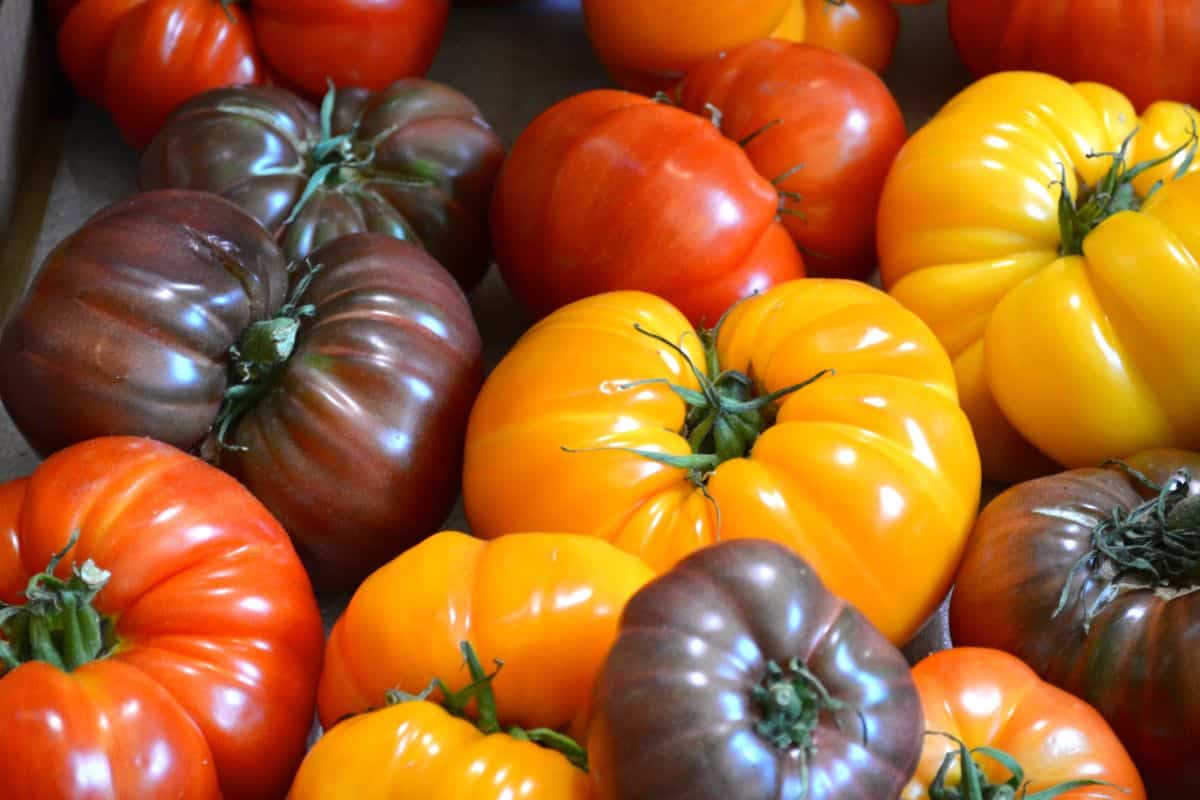Growing your own tomatoes offers unparalleled satisfaction and flavor that store-bought varieties simply can’t match. When planted directly in the ground, tomato plants can develop extensive root systems that support abundant harvests. Whether you’re a gardening novice or experienced green thumb, this guide will walk you through the essential steps to successfully plant tomatoes in your garden soil for a bountiful summer crop.
Selecting the right tomato varieties for ground planting
The foundation of successful tomato growing begins with choosing appropriate varieties for your climate and garden conditions. Tomatoes come in two primary growth habits: determinate (bush) and indeterminate (vining) varieties. Determinate tomatoes grow to a predetermined height and produce all their fruit within a concentrated period, making them ideal for smaller spaces and those wanting to process tomatoes all at once.
Indeterminate varieties, on the other hand, continue growing and producing fruit throughout the season until frost kills the plants. These varieties require more robust support systems but provide a steady harvest over a longer period. Popular indeterminate varieties include Brandywine, Cherokee Purple, and Sun Gold, while Roma, Bush Early Girl, and Celebrity represent reliable determinate options.
Consider your local climate when selecting varieties. If you live in a region with a shorter growing season, choose early-maturing varieties that can produce fruit before cold weather arrives. For hot climates, heat-resistant varieties like Solar Fire or Heatmaster will perform better. Many gardeners plant summer squash varieties alongside tomatoes for a diverse garden that maximizes space and provides complementary harvests.
Disease resistance is another crucial factor, especially when planting in ground soil where pathogens may persist. Look for variety descriptions with letters indicating resistance to common tomato diseases: V (Verticillium wilt), F (Fusarium wilt), N (Nematodes), T (Tobacco mosaic virus), and A (Alternaria).
Preparing your garden soil for optimal tomato growth
Tomatoes thrive in rich, well-draining soil with a slightly acidic to neutral pH between 6.0 and 7.0. Begin soil preparation approximately 2-3 weeks before your planned planting date. First, remove all weeds and debris from your garden bed. Tomato plants require unobstructed access to nutrients and moisture.
Next, incorporate 2-3 inches of compost or well-rotted manure into the top 12 inches of soil. This organic matter improves both drainage and nutrient retention—essential qualities for successful tomato cultivation. If your soil tends toward clay or compaction, consider adding perlite or coarse sand to enhance drainage.
A soil test can reveal specific nutrient deficiencies that might affect your tomato plants. Based on results, you may need to add lime to raise pH or sulfur to lower it. Generally, tomatoes benefit from phosphorus and calcium supplementation. Many gardeners incorporate bone meal (for phosphorus) and crushed eggshells (for calcium) into planting holes to prevent blossom end rot.
When planning your garden layout, be mindful of proper spacing and companion planting. Tomatoes should be planted at least 24-36 inches apart, with rows spaced 36-48 inches apart. They grow well alongside basil plants and garlic, which can repel certain pests and enhance tomato flavor. However, be cautious with your garden composition—certain flowers can harm vegetable gardens and should be kept separate from your tomato beds.
Step-by-step planting process for ground tomatoes
The ideal time to plant tomatoes in the ground is after all danger of frost has passed and soil temperatures consistently reach 60°F (16°C). For most regions, this falls between late April and early June. Follow these steps for proper planting:
- Dig planting holes 12-18 inches wide and at least 12 inches deep.
- Mix a handful of bone meal and crushed eggshells into the bottom of each hole.
- If starting with nursery plants, gently remove them from containers, being careful not to damage roots.
- For leggy seedlings, remove lower leaves and plant deeper—up to 2/3 of the stem underground.
- Place plants in holes, ensuring only the top 4-6 inches with leaves remains above soil level.
- Backfill holes with soil mixture, firming gently around plants.
- Water thoroughly after planting to eliminate air pockets around roots.
Planting tomatoes deeply encourages additional root development along the buried stem, resulting in stronger plants with improved drought resistance. This technique is especially beneficial for indeterminate varieties that require substantial root systems to support their extensive growth.
Immediately after planting, install support structures such as stakes, cages, or trellises. Waiting until plants are larger risks damaging their developing root systems. For indeterminate varieties, choose supports at least 6 feet tall to accommodate their full growth potential.
Apply 2-3 inches of organic mulch around plants once soil has warmed completely, typically 2-3 weeks after planting. Mulch helps retain soil moisture, suppress weeds, and prevent soil-borne diseases from splashing onto lower leaves during rainfall. Straw, shredded leaves, or chemical-free grass clippings make excellent mulch options for tomato plants.
Maintaining healthy tomato plants throughout the growing season
Consistent care after planting ensures your tomato plants remain productive throughout the growing season. Water deeply but infrequently, providing 1-2 inches of water weekly, adjusted for rainfall. Consistent watering prevents blossom end rot and fruit splitting, common issues when moisture levels fluctuate dramatically.
Feed your tomato plants with balanced organic fertilizer approximately 2-3 weeks after planting. Once fruits begin forming, transition to a lower-nitrogen, higher-phosphorus formula to encourage fruit production rather than excessive leaf growth. Basic companion herbs like basil can benefit from similar fertilization schedules when planted nearby.
Pruning indeterminate varieties improves airflow and directs energy toward fruit production. Remove suckers (shoots that develop in the crotch between the main stem and branches) when they’re 2-4 inches long. For determinate varieties, minimal pruning is recommended as their growth pattern is naturally more compact.
Monitor plants regularly for signs of pests and diseases. Common tomato pests include hornworms, aphids, and whiteflies. Diseases to watch for include early blight, late blight, and powdery mildew. Early intervention with organic solutions like neem oil or insecticidal soap can prevent minor problems from becoming serious infestations.
Many gardening principles that work for tomatoes can be applied to other settings—you might even consider creating a small office garden with cherry tomatoes if you have adequate sunlight in your workspace. The skills you develop with ground-planted tomatoes transfer well to container gardening and other growing environments.
By following these guidelines for selecting, planting, and maintaining tomatoes in ground soil, you’ll be well on your way to harvesting flavorful, homegrown tomatoes that far surpass anything available at the supermarket. The effort invested in proper planting techniques pays dividends throughout the growing season in plant health and harvest quality.

